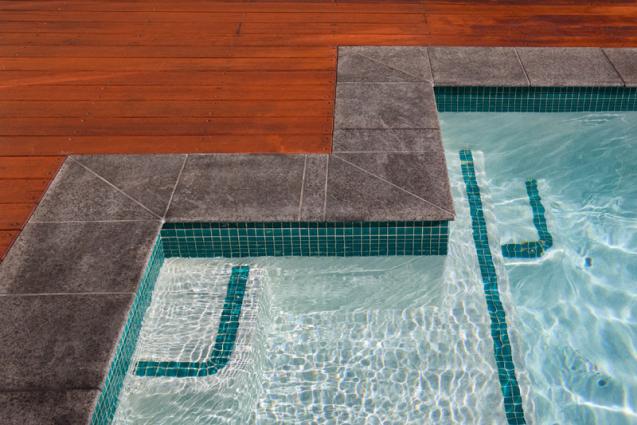
8 Helpful Tips to Laying Pavers
By iPave|September 10, 2007
Step 1 - PLANNING
- Mark out your site with pieces of string or chalk for an even, clear idea of how your paving will look and also giving you straight edges to work with.
- Don't forget to allow for storm water run-off. Good drainage is essential.
- Ensure your area is flat and compacted using road-base, sand or concrete depending on the area.
- Calculate the area accurately so you purchase the right quantities. To work out the area to be paved in square metres multiply the length by the width e.g. 4m x 5m = 20 square metres.
- To calculate the correct amount of Road Base you will require use this simple equation. Paving Area _____m2 x [layer depth(mm) / 1000 = _____m3 Road Base.
- To calculate the correct amount of Bedding Sand you will require use this simple equation. Paving Area _____m2 x [20mm / 1000] = _____m3 Bedding Sand.
- Always allow for up to 10% extra pavers for wastage such as cuts and if you are purchasing factory second pavers allow for the odd broken or damaged paver.
- Remember paving must slope away from the building to allow for run off.
- Pavers should be flush with the lawn and be laid on your flat and compacted road-base, sand, or concrete.
- Compact thoroughly using a vibrating plate compactor, checking that the base drains in the required direction.
- Begin laying pavers from one corner or a fixed object (e.g. House Wall).
- Use the string lines you have previously drawn out to keep nice straight edges.
- Pavers should be laid with at least a 3mm Gap, not butt jointed. This prevents chipping.
- Try not to disturb your laying bed by walking on the compacted base. Walk on the pavers you have already laid but be careful not to tread on edges as they pavers may tilt and shift the sand or your base resulting in an uneven job.
- Most laying jobs require some cutting of pavers.
- Depending on whether you are laying a clay or cement paver. It will usually be necessary to hire a diamond saw to cut pavers into edges.
- Once laid your pavers should be compacted to secure the paving in place.
- Compact the pavers using a mechanical plate compactor with a piece of carpet or rubber mat under the compactor to prevent the pavers from being scratched, chipped or damaged (optional).
- For small areas, your pavers can be compacted using a rubber mallet and a hardwood plank.
- After compacting your pavers, spread a layer of dry fine sand over your pavers and sweep into the gaps. Allow sand to settle, add additional sand if required and or remove the excess. Usually you will require around 10% of your bedding base to ensure all the joints are filled.
- Not all pavers require sealing but if the product you have chosen does we recommend you talk to your supplier's friendly sales staff on which product most suits your needs with your paving purchase.
- Before sealing ensure all excess sand has been removed from your pavers and coat with your sealer. Sealing will help keep your sand in place and prevent weeds and ant activity in any gaps.
- Sealing will also help provide your new outdoor area with a lasting protection and help prevent discolouration and general staining.
- If laid correctly, pavers should be extremely durable and require little maintenance.
- Sweep and hose (if you are not under water restrictions) your pavers when needed but most of all - sit back, crack open a coldie and enjoy the benefits of your new outdoor area. We would love you to email us a picture of the finished job so we can proudly place it on our web site.

